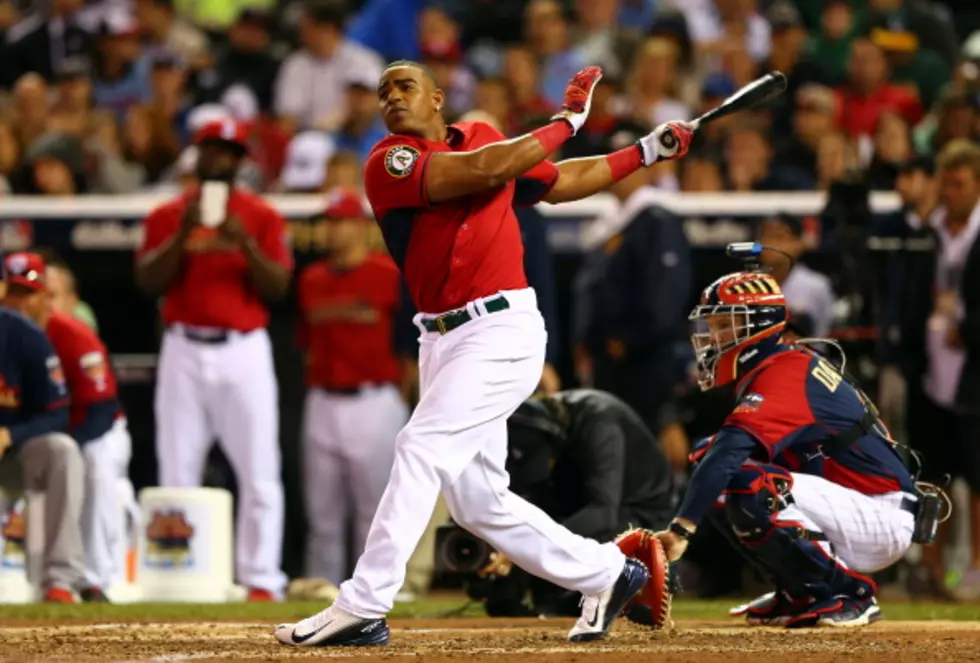
MLB Makes Major Changes to the Home Run Derby
Major League Baseball announced Sunday that it would overhaul the format of the Home Run Derby beginning in two weeks in Cincinnati.
The most noticeable change will be the removal of outs. Instead of getting 10 outs during an at-bat, each participant will have five minutes to hit as many home runs as possible. But it won't be that simple to follow. Let's allow MLB to explain the clock stoppages.
A running clock will begin counting down upon release of the first pitch, though it will stop for any home run hit during the final minute. The clock will stop immediately after those home run balls land and will not begin again until a non-home run ball lands or the batter swings and misses.
Hitters will also be awarded bonus time for showcasing some extra pop. Contestants will receive an additional minute of swings if they hit two home runs projected to land 420 feet during a single turn, as well as another 30 seconds if they hit a blast of at least 475 feet. All distances will be measured using Statcast™.
What could possibly go wrong when clock operators are trying to calculate bonus time while starting and stopping the timer for home runs?
The other change you'll see this year is the format for deciding the champion. Instead of totaling home runs each round and advancing the leaders, the derby will move to a single-elimination bracket. Hitters will only have to out-slug their opponent in that round to advance on. Seeding will be based on home run totals during the first half of the season.
Here is what the full MLB release looks like:
The Home Run Derby will be held on July 13 with the All-Star Game following on July 14.
More From ESPN Western Colorado









